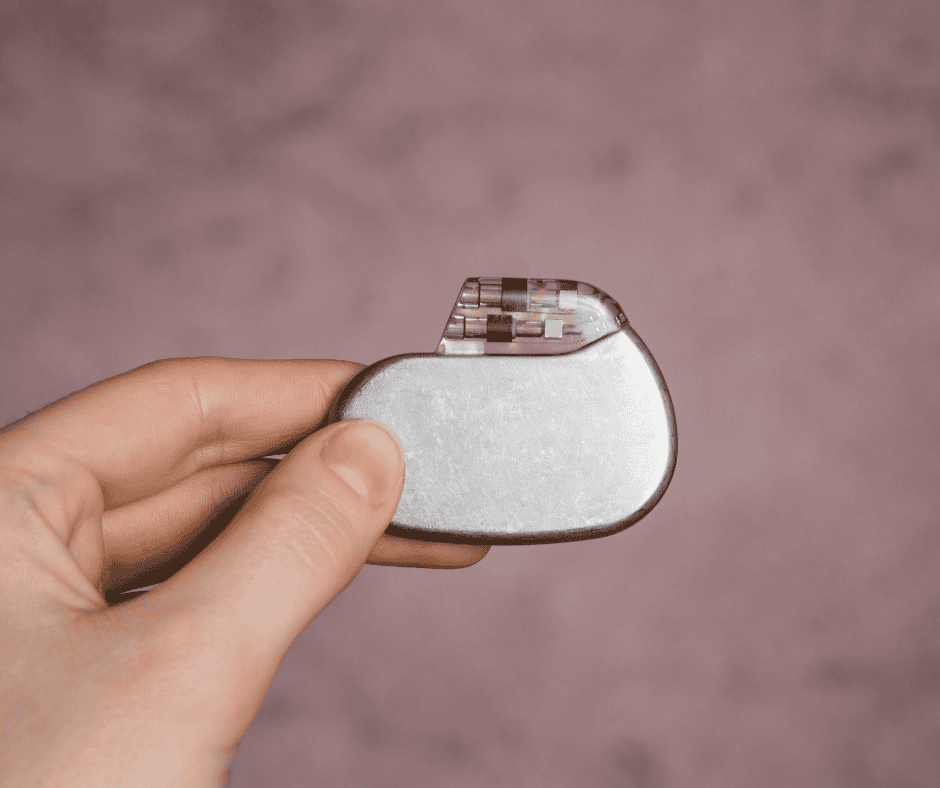Pacemakers have been considered an important precursor of many developments in science and cardiac medicine, playing a unique role in managing heart rhythm disorders. These medical devices can greatly improve the quality of life for individuals with heart rhythm disorders by reducing symptoms such as fatigue, dizziness, and fainting. They also help prevent serious complications associated with untreated bradycardia or arrhythmias.
This article will explore the features and uses of different pacemaker types, along with providing advice on how they are categorized and grouped according to the regulatory standards in Costa Rica.
Structure and Uses of Pacemakers
Pacemakers are devices used to treat some types of arrhythmias. When an arrhythmia happens, the heart goes through a modified electric cycle, and it starts beating in an irregular fashion. A pacemaker sends a low-energy electrical impulse to the heart muscle, helping it to beat at a normal rate and rhythm. They can also be used to help people with heart failure, by allowing heart chambers to beat synchronously and improve the efficiency of blood pumping to the body.
Traditional pacemakers have three main parts:
- The pulse generator is the main unit of the pacemakers, containing the electronic circuitry and programmable settings. The pulse generator is responsible for generating and delivering the electrical impulses to the heart.
- The electrodes (also called leads or wires) are insulated wires that carry the electrical impulses from the pulse generator to the heart muscle. The number of electrodes depends on the type of pacemaker.
- The battery provides the energy needed to generate and deliver the electrical impulses over the device’s lifespan, which can range from several years to over a decade.
Types of Pacemakers
As a first type of pacemaker distinction, we can talk about two types of pacemakers:
- External pacemakers: also known as temporary pacemakers, are non-invasive devices used on a short-term basis to manage temporary heart rhythm abnormalities. They are typically used in emergency situations or during procedures where temporary pacing support is needed. External pacemakers are connected to the patient’s chest using electrode pads placed on the skin. These devices are not implanted and are removed once the underlying rhythm issue is resolved, or a permanent pacemaker is implanted.
- Implantable pacemakers: these are surgically implanted devices designed for long-term management of chronic heart rhythm disorders. They are placed under the skin in the chest area, with leads connected to the heart’s chambers. Implantable pacemakers can be single-chamber, dual-chamber, or biventricular devices.
- Single-Chamber Pacemakers: These pacemakers have one lead (thin wire) connected to either the atrium (upper chamber) or ventricle (lower chamber) of the heart. Single-chamber pacemakers are used when the abnormal heart rhythm originates in either the atrium or ventricle, but not both.
- Dual-Chamber Pacemakers: Dual-chamber pacemakers have two leads, one placed in the atrium and the other in the ventricle. These devices can coordinate the timing of electrical impulses between the atrium and ventricle, mimicking the heart’s natural electrical conduction system more closely.
- Biventricular Pacemakers (Cardiac Resynchronization Therapy – CRT): Biventricular pacemakers are used for individuals with heart failure and specific types of electrical conduction abnormalities. They have three leads—one in the right atrium, one in the right ventricle, and a third lead placed in the left ventricle via a coronary sinus vein. Biventricular pacemakers help synchronize the contractions of the heart’s ventricles to improve pumping efficiency.
Classification and Grouping in Costa Rica
Pacemakers fall under Class 4 medical devices, by rule 9, that states that because the device is intended to monitor the treatment of a patient’s condition through a closed-loop system, class 4 must be applied to them.
As we outline in our Classification and Grouping Ultimate Guide, multiple models of a device might be grouped in the same registration, as long as they share:
- Same intended use.
- Same manufacturer.
- Same device technology (i.e., external defibrillators and implantable defibrillators would need different registrations).
- More than one presentation can be included in the same registration, in which case all the presentations must be indicated in the application.
If you have any inquiries about the registration of pacemakers or any other medical devices in the Costa Rican market, please feel free to contact us at contact@veraqueconsulting.com, or check our guidelines.

